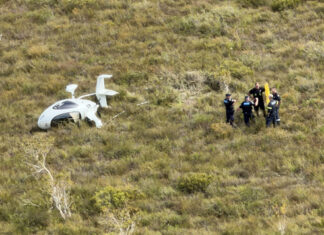Queensland scientists have made the leap from boats onto the backs of almost 200 green and loggerhead turtles, all in the name of conservation and science.
Environment Minister Meaghan Scanlon said the visual spectacle, often dubbed a turtle rodeo, saw experts head out onto Hervey Bay and the Great Sandy Strait in a special operation to track, tag and assess close to 200 marine turtles.
“Healthy turtles and a healthy reef aren’t just crucial to our environment, but also to the good tourism jobs and great lifestyle we have in Queensland,“ she said.
“Researchers took details of the turtle’s gender, maturity and breeding status as each turtle is tagged, weighed and measured and blood samples taken for analysis of health and toxicology before they are released back to the ocean.
“The research captured here will play a huge role in informing the actions we take, especially in light of the impacts of the floods.”
Leading the work was DES Chief Scientific Officer Dr Col Limpus who has played a significant role in turtle conservation and education efforts in Queensland for more than 50 years.
Turtle rodeos are also used by researchers in Malaysia, Saudi Arabia, the United States and South America as an effective method for studying marine turtles at sea.
As part of the operation, conservation officers, rangers and scientists from the Queensland Parks and Wildlife Service (QPWS) alongside Griffith University researchers, two external veterinarians and local community volunteers travelled within Hervey Bay and Great Sandy Strait to safely capture and assess marine turtles.
“A small skin sample will be taken from each turtle for genetic analysis to define where the foraging turtles resident within the Great Sandy Marine Park migrate to for breeding,” Dr Limpus said.
“Satellite tags may be deployed on a select few turtles to track their migratory paths and movements while feeding and breeding.”







